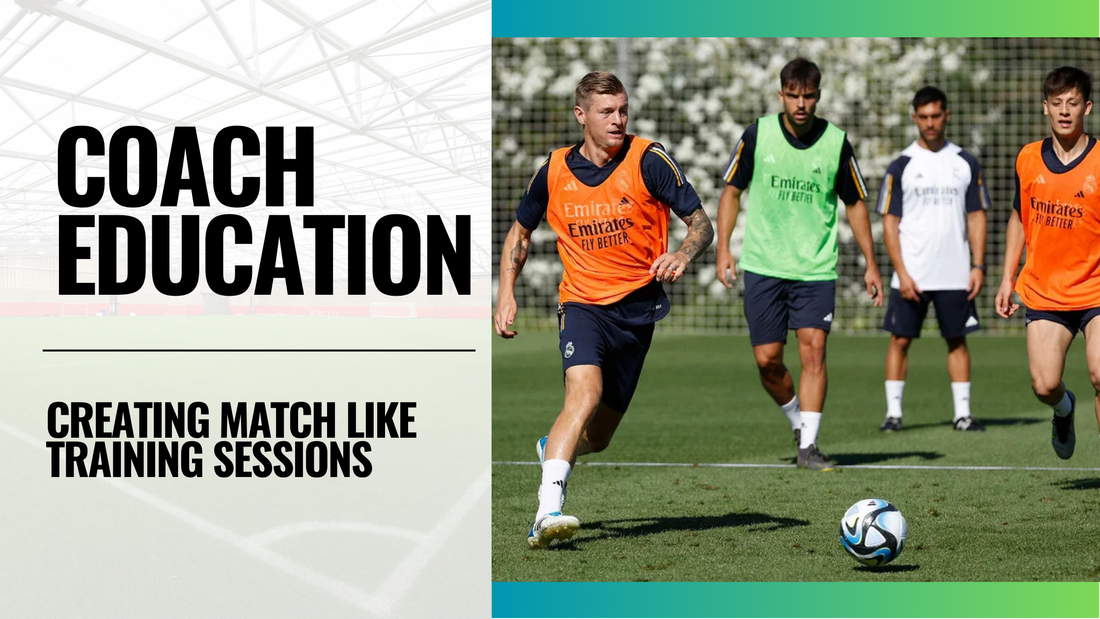
Creating Match-Like Training Sessions
Share
The ultimate aim of every training session is to prepare players to perform on match day. Whether you’re focusing on technical skills, tactical organisation, or team cohesion, the closer your training replicates the demands of the game, the more transferable the learning will be.
Yet in many environments, there’s a disconnect. Sessions are too slow, too structured, or too abstract and while players may execute well in drills, they struggle to apply those skills under real match pressure.
This article explores how to create realistic, competitive, and engaging training environments that reflect the game and develop players who are ready to perform when it matters most.
Why Match Realism Matters
Training that mirrors the game helps players:
- Understand context (when and why to use a skill)
- React and adapt to pressure and opposition
- Build game awareness and decision-making
- Transfer learning directly into match day performance
As a coach, the question should always be:
“Does this drill or practice help my players deal with what they’ll face in a match?”
If the answer is no, it’s time to adapt.
Key Ways to Make Training Match-Like
🔷 1. Train in Team Shape
It’s easy to lose shape in training, especially in technical or drill-based work. But in match situations, shape is everything it defines structure, spacing, and roles.
How to implement it:
- Set up drills or small-sided games with players in their match day positions.
- Ensure they’re practising movements, roles, and relationships that reflect the system you use in matches.
- Include defensive and attacking units in realistic positions, even when the drill focus is isolated.
⚽ 2. Replicate Opposition Structure
When using defensive or pressing teams in training, set them up as your next opponent would. For example:
- If your opponent plays a low block, rehearse how to break it down.
- If they press in a 4-4-2, train your build-up to deal with that press.
This gives your players familiarity and tactical clarity before they even step onto the pitch.
🔁 3. Use Match-Specific Drills
Generic drills can build basic technique, but situation-specific drills accelerate game understanding. Design practices that reflect real match patterns, such as:
- Overlaps and cut-backs in wide areas
- Playing through the thirds under pressure
- Defending crosses or managing transitions
Tip: Use directional practices (where teams attack and defend goals/zones) to reinforce tactical ideas like pressing, shape, and overloads.
🔥 4. Demand Match Intensity
Matches are played at speed with pressure, urgency, and fatigue. Training should reflect that.
How to raise intensity:
- Limit touches or time on the ball
- Add constraints that force quicker decision-making
- Use game-speed warm-ups and small-sided games
- Provide feedback that encourages focus and tempo
Remember: High-intensity training isn’t just physical, it sharpens mental focus and technical execution under stress.
🥇 5. Create Competition
When something is at stake, players switch on. Just shout “next goal wins” and watch the intensity rise.
Ways to add competition:
- Points for achieving tactical outcomes (e.g. 3 points for breaking a line)
- Tournament-style small-sided games
- Time-based challenges (“score in 90 seconds”)
- Mini-leagues across the training week
Competition keeps players invested, focused, and ready to perform.
🧠 6. Use Game Scenarios
Sometimes, the best way to create match realism is to build actual match situations into your session.
Examples:
- “You’re 2–0 down with 15 minutes left - can you come back?”
- “You’re 1–0 up with 5 to play - manage the game and protect the lead.”
This teaches players game management, emotional control, and decision-making based on score and context.
🤝 7. Include Matches in Training
Unopposed or conditioned drills have their place, but nothing beats playing.
How to maximise match practice:
- Play full-sided matches with tactical constraints (e.g. two-touch in midfield, or wide players must receive facing forward)
- Stop the match for live coaching
- Pause and reflect on key moments: set pieces, transitions, or positional errors
This allows real-time feedback and reinforcement of game principles.
🔄 8. Arrange Training Matches
Scrimmaging against another team is one of the most valuable coaching tools.
Benefits:
- Play in your shape against an unfamiliar opponent
- Test tactical ideas in a controllable environment
- Pause for live corrections and feedback
These matches offer match exposure without the pressure of a competitive fixture.
Final Thoughts: Coach the Game, Not Just the Drill
The best coaches understand that training is only valuable if it translates to match day performance. When players rehearse the situations they’ll face on a Saturday, they react faster, play with confidence, and know exactly what’s expected of them.
So ask yourself before every session:
“Is this session preparing my players for the game?”
If not - adapt, reshape, and bring the match to training.

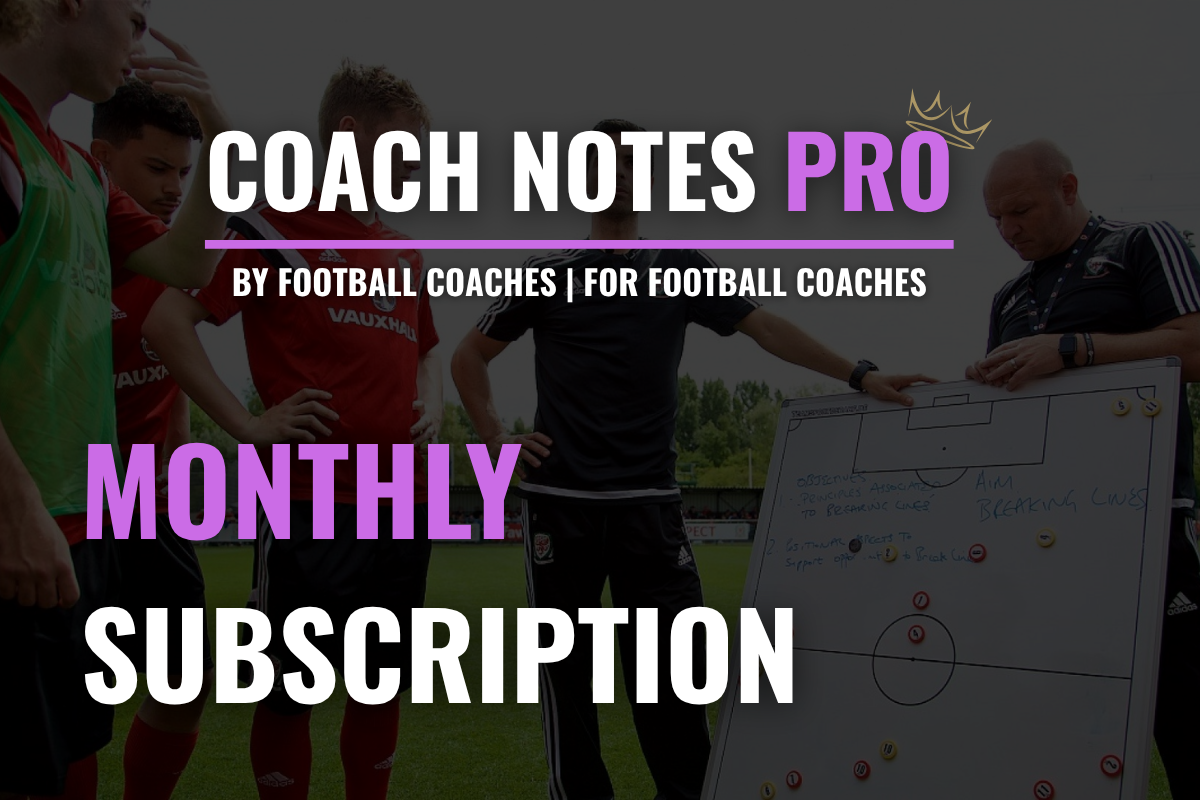
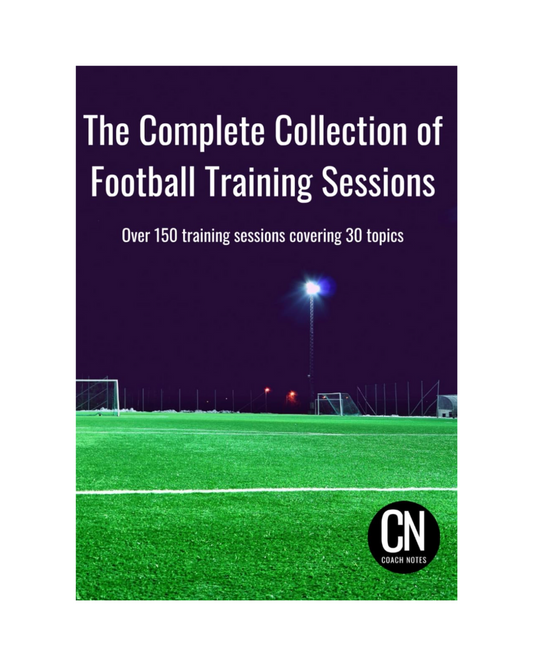
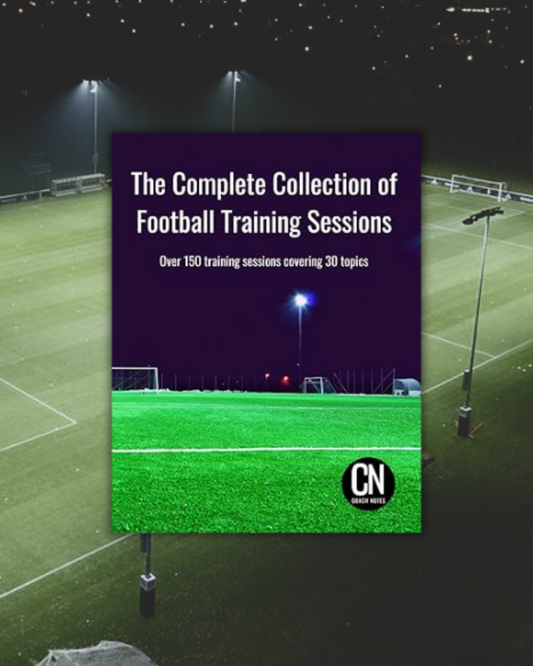
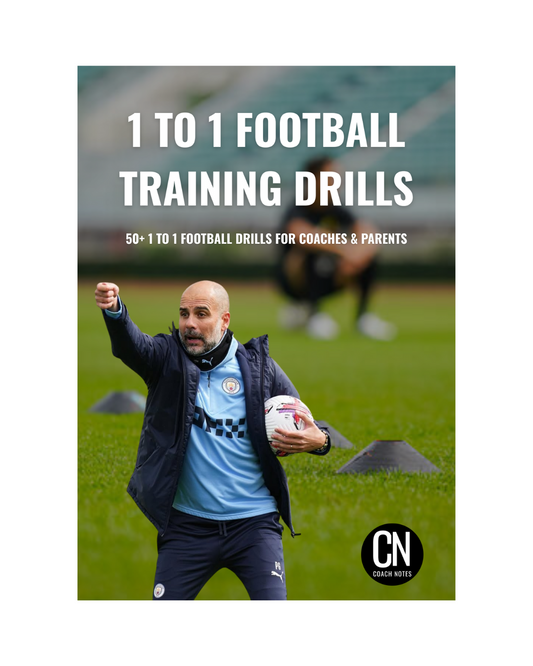
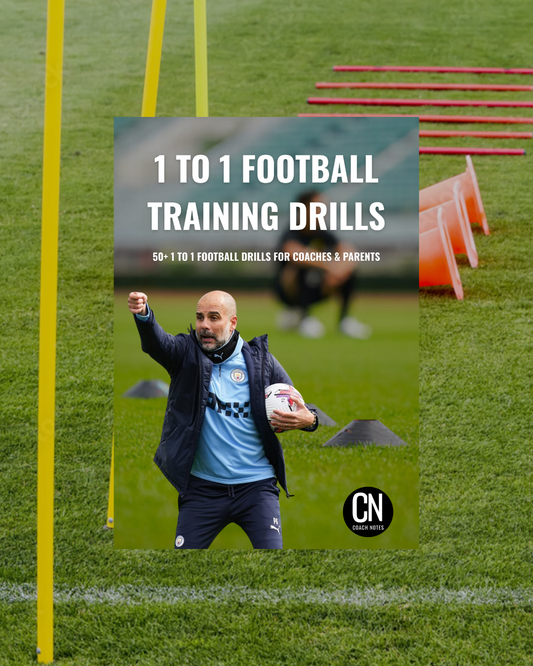
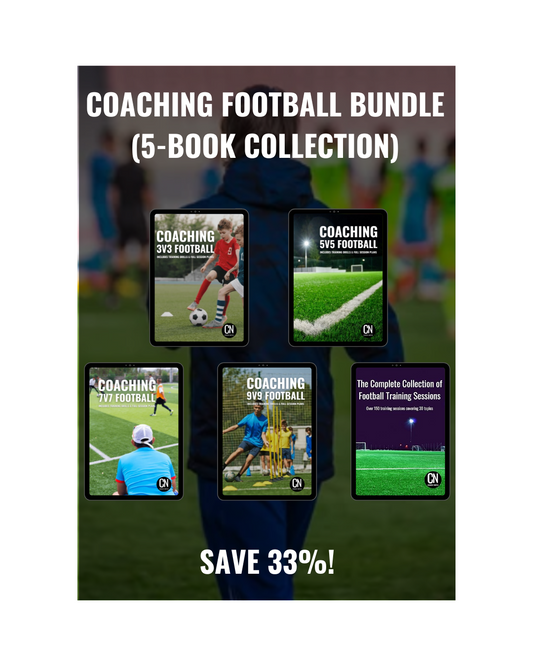
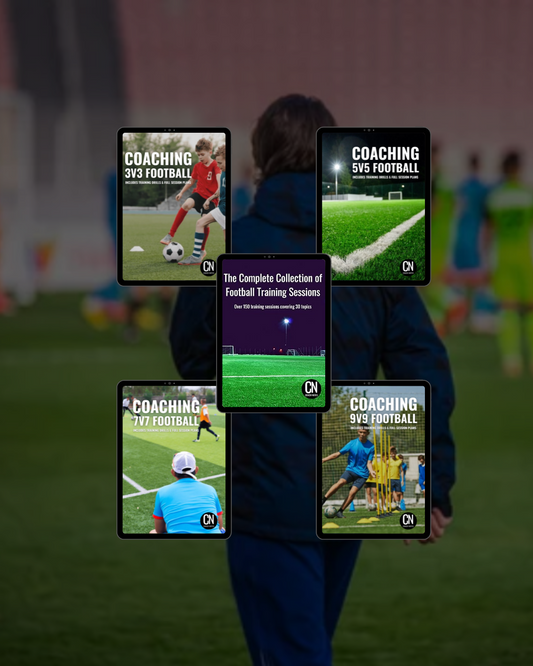
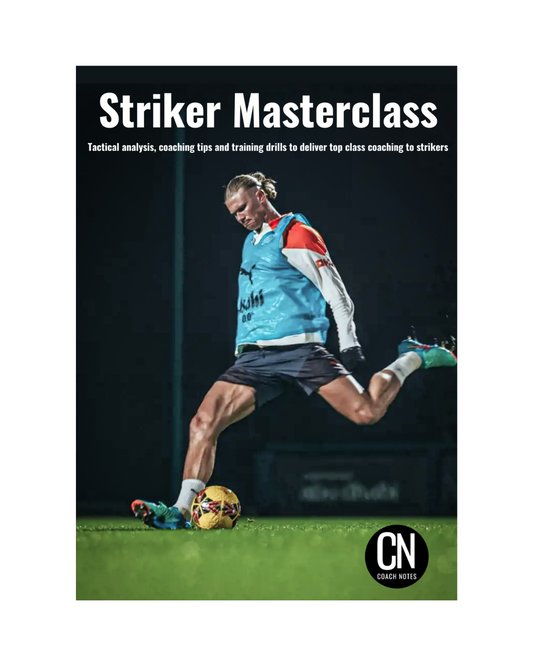
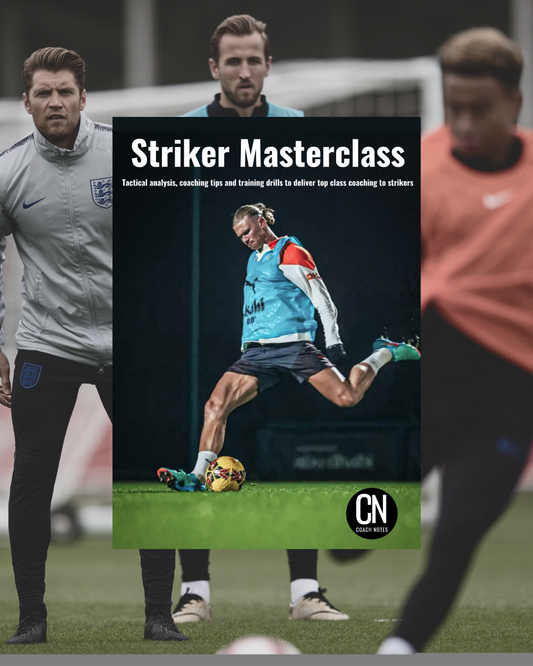
1 comment
thank you for this valuable insights, has totally changed my understanding when preparing the training session, i didn’t knew how to create match like training session.